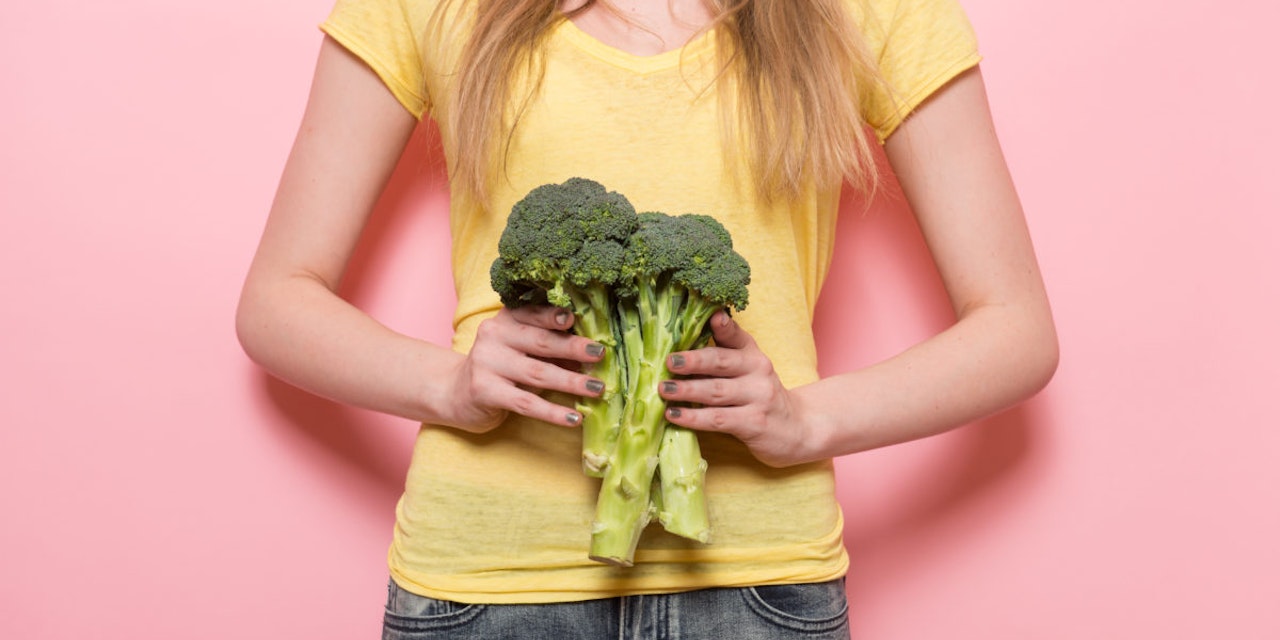
For better or worse, for a number of years now the way that we’ve assessed health is by looking at size. And while size is a good indicator in many cases, it isn’t as reliable as a whole host of other signs, after all, it’s not as simple as skinny = healthy and fat = unhealthy. We wanted to give you concrete ways to assess your health, so that you can know definitively whether you need to change the way you live, eat, sleep, or exercise.
1. Dark urine and black poop 
(I figured we’d start with the really bad stuff first). You’ve probably already noticed that when you’re not drinking enough water, your pee is a fun bright yellow-green colour, as compared to being almost translucent when you’re properly hydrated. But what if your urine is beer-coloured? Speak to your doctor – it could signal a problem in your kidneys, your liver, or that you’re bleeding internally. The same goes for your poop. Even if you’re eating beets and they’re turning it a fun red colour, if it’s black, there’s something seriously wrong. Make an appointment and get that stuff all worked out.
2. You’re shrinking 
While this is particularly common in old age, it doesn’t mean it’s healthy by any means. It’s typically a sign of osteoporosis and bone degeneration. It can be addressed through: a diet rich in Vitamin D and calcium – vital for healthy bones, and exercises that will help your bones strengthen themselves, these can all help you avoid future hip fractures and humpbacks.
3. Your lips are constantly cracked 
Dry lips are normal in the cold, or if you have a cold, but if you’re experiencing cracked lips all the time, even in the corners of your mouth, you most likely have a vitamin B deficiency. To offset it, make sure to get plenty of vitamin B12, usually found in fish, poultry, eggs, dairy, and soy products.
4. Misshapen and discoloured fingernails 
Kind of scary to think about, but if your nails are a colour other than the natural, slightly pink, slightly grey, slightly beige colour; then something might be wrong. Yellow is the colour you want to avoid, as it typically signals a fungal infection, or in more serious cases, lung disease, diabetes or thyroid issues.
5. Red or yellow eyes 
Unless you’ve cried recently, red eyes isn’t a good look. We usually see red eyes as indicators that you have broken blood vessels, sleep too little, or experience a lot of eye strain. Yellow eyes aren’t great either. Having yellow eyes where you should have white could mean that there are issues with your liver, pancreas, or gallbladder. If you notice this, go and see your doctor.
All of the content and media on Lifesum is created and published for information purposes only. It is not intended to be used as a substitute for medical advice or treatment. Users should always consult with a doctor or other health care professional for medical advice. If you have or think you are at risk of developing an eating disorder, do not use the Lifesum app and seek immediate medical help.